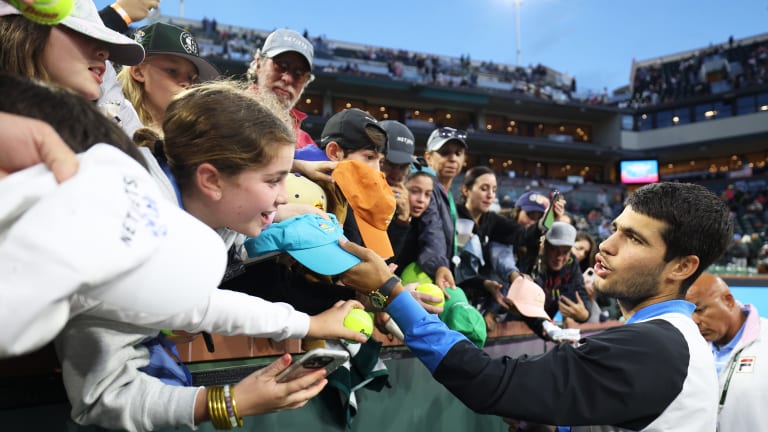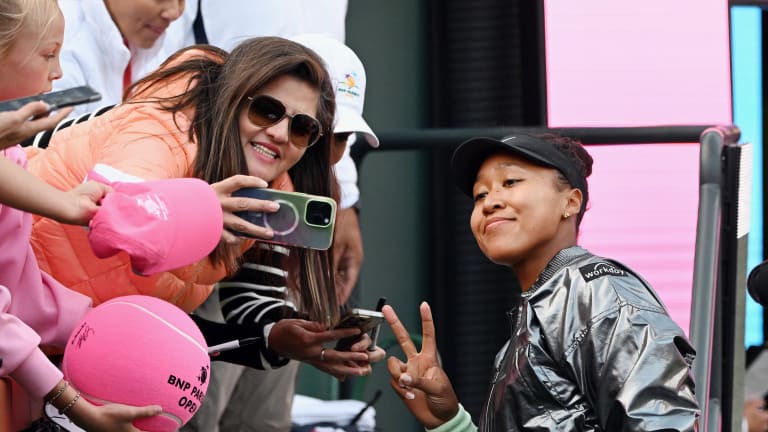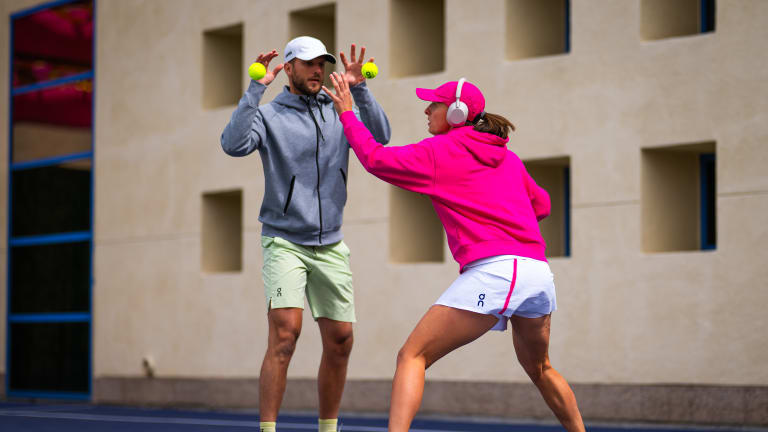Indian Wells, USA
From the yellow ball to the crystal ball: What's in store for the future of the BNP Paribas Open?
By Mar 17, 2024Indian Wells, USA
Mackenzie McDonald is paying the college tennis experience forward with a new fund
By Mar 17, 2025Indian Wells, USA
Mirra Andreeva and Jack Draper win breakthrough titles at Indian Wells: What did we just witness?
By Mar 17, 2025Indian Wells, USA
Jack Draper's run through Indian Wells concludes with his first ATP Masters 1000 title
By Mar 16, 2025Indian Wells, USA
Holger Rune vs. Jack Draper: Where to Watch, Indian Wells Preview, Betting Odds
By Mar 16, 2025Indian Wells, USA
Holger Rune reaches first Indian Wells final over Daniil Medvedev
By Mar 15, 2025Indian Wells, USA
Mirra Andreeva vs. Aryna Sabalenka: Where to Watch, Indian Wells Preview, Betting Odds
By Mar 15, 2025Indian Wells, USA
Mirra Andreeva, 17, advances to Indian Wells final, beating Iga Swiatek in chilly conditions
By Mar 15, 2025Indian Wells, USA
Ruthless Aryna Sabalenka storms past Madison Keys, 6-0, 6-1, in semifinals of Indian Wells
By Mar 15, 2025Indian Wells, USA
Carlos Alcaraz vs. Jack Draper: Where to Watch, Indian Wells Preview, Betting Odds
By Mar 15, 2025From the yellow ball to the crystal ball: What's in store for the future of the BNP Paribas Open?
CMO Philippe Dore and the tournament’s team are constantly thinking about what’s to come and how to make the entire event experience better.
Published Mar 17, 2024
Advertising

The tournament’s team is constantly thinking about what’s to come and how to make the entire BNP Paribas Open experience better.
© Getty Images
Advertising

Fans who come to the tournament are seeking different experiences. The most successful events cater to them all as equally as possible.
© Icon Sportswire via Getty Images
Advertising
Advertising

Technological advances might see the fan-player relationship become uniquely personal.
© 2024 Robert Prange